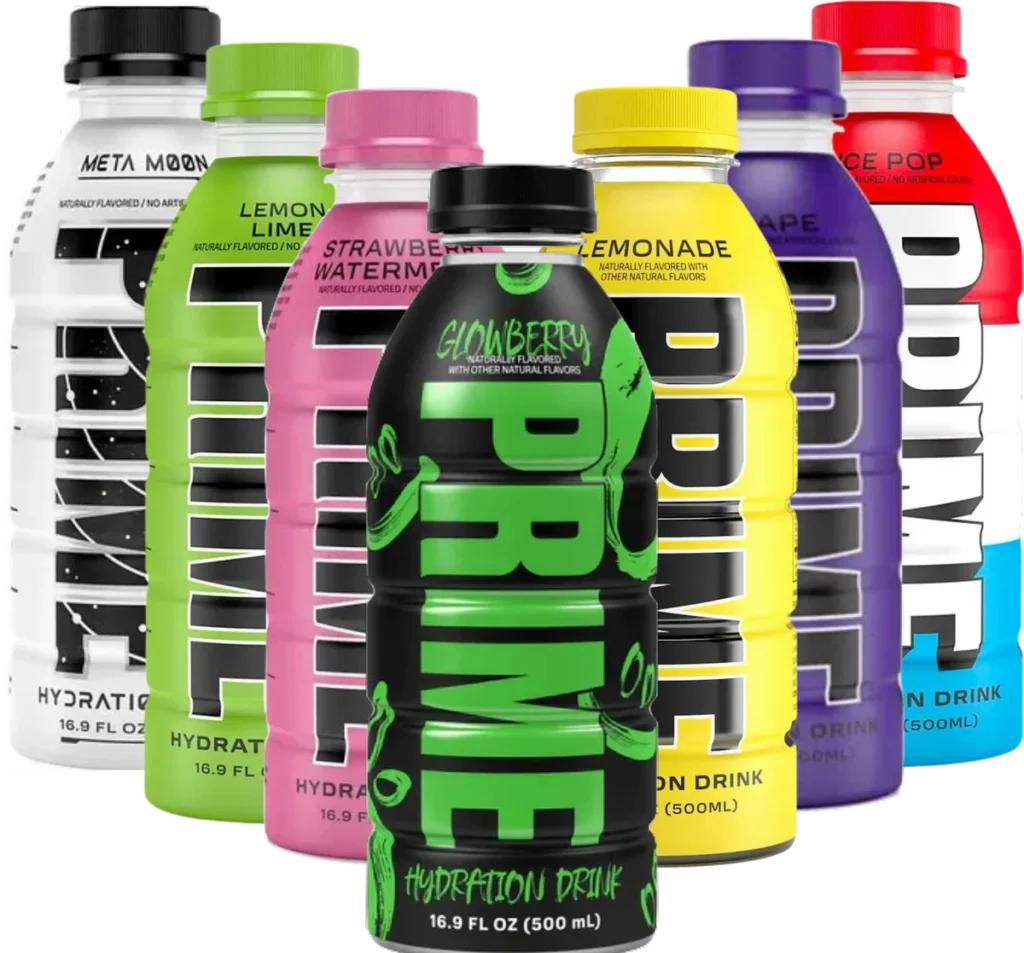
Prime Hydration Drink May Not Be Ideal for Health and Children
As someone with extensive experience in healthcare, I understand the importance of proper nutrition and hydration, especially for children. While Prime Hydration Drink and similar beverages are marketed as beneficial for hydration and recovery, there are several reasons why they may not be the best choice for overall health and, in particular, for children. Here’s a detailed exploration of why these drinks might be less than ideal, supplemented with examples and helpful insights for parents and guardians.
Sugar Content:
A Sweet Concern
One of the primary concerns with Prime Hydration Drink is its sugar content. Many hydration drinks contain significant amounts of sugar to enhance taste and provide quick energy. However, high sugar intake is linked to numerous health issues, particularly in children.
Example:
Consider a typical 12-ounce serving of a hydration drink that contains 20 grams of sugar. For a child, this represents a substantial portion of their daily recommended sugar intake. Regular consumption can lead to dental problems, including cavities and tooth decay. Moreover, excessive sugar intake contributes to obesity, which is a growing concern among children and adolescents. Childhood obesity increases the risk of developing chronic conditions such as type 2 diabetes, hypertension, and cardiovascular diseases.
Artificial Additives:
The Hidden Ingredients
Another concern with Prime Hydration Drink is the potential presence of artificial additives. These can include artificial colors, flavors, and preservatives. While these additives are generally recognized as safe by regulatory agencies, some studies suggest that they can have adverse effects, particularly in children.
Example:
Artificial colors like Red 40 and Yellow 5 have been linked to hyperactivity and behavioral issues in some children. Although the evidence is not conclusive, parents of children with Attention Deficit Hyperactivity Disorder (ADHD) may notice worsening symptoms after consuming products with these additives. Choosing natural alternatives can help mitigate these potential risks.
Calorie Count: Unnecessary Calories
For children who are not engaging in high-intensity or prolonged physical activities, the calorie content of hydration drinks can be unnecessary. These drinks are designed for athletes who need to replenish energy quickly, but for most children, regular water is sufficient for hydration.
Example:
A child who drinks a bottle of Prime Hydration Drink after a routine play session at the park may be consuming extra calories that are not needed. Over time, these additional calories can contribute to weight gain. Encouraging children to drink water instead of sugary drinks can help maintain a healthy weight and prevent associated health problems.
Electrolyte Imbalance:
Too Much of a Good Thing
Hydration drinks like Prime are formulated with high levels of electrolytes, such as sodium and potassium. While these are crucial for maintaining fluid balance and muscle function, excessive intake can lead to imbalances, especially in children.
Example:
A child consuming multiple servings of an electrolyte-rich drink may intake more sodium and potassium than their body needs. This can be particularly problematic for children with underlying health conditions, such as kidney disease, where the body’s ability to regulate these minerals is compromised. Symptoms of electrolyte imbalance can include nausea, vomiting, irregular heartbeats, and in severe cases, seizures.
Cost: Economic Considerations
Specialty hydration drinks often come with a higher price tag compared to regular water or homemade alternatives. For families, this can represent an unnecessary expense, especially when healthier and cheaper options are available.
Example:
A family spending $2-3 per bottle of Prime Hydration Drink several times a week could be allocating those funds towards fresh fruits, vegetables, or other nutritious foods. Preparing homemade electrolyte solutions using natural ingredients like citrus fruits and a pinch of salt is a cost-effective and healthier alternative.
Marketing Hype:
Misleading Perceptions
The marketing of Prime Hydration Drink and similar products often emphasizes enhanced performance and superior hydration, which can mislead consumers into believing these drinks are essential for everyone, including children.
Example:
Children watching sports events or following their favorite athletes may feel they need these drinks to perform well in school sports or regular activities. This perception can lead to overconsumption of products that are unnecessary and potentially harmful. Educating children about the importance of natural hydration and a balanced diet can help counteract this marketing influence.
Healthier Alternatives:
What to Offer Instead:
Given these concerns, it’s important to consider healthier hydration alternatives for children. Water remains the best option for most hydration needs. For added flavor, consider infusing water with natural fruits like lemon, berries, or cucumber. Coconut water is another excellent alternative, providing natural electrolytes without added sugars or artificial additives.
Conclusion:
Making Informed Choices
In conclusion, while Prime Hydration Drink may be beneficial for athletes engaged in high-intensity activities, it is not an ideal choice for children. The high sugar content, artificial additives, unnecessary calories, potential for electrolyte imbalance, and economic considerations all highlight the need for caution. Encouraging children to drink water and offering natural hydration alternatives can promote better health and prevent potential adverse effects. As healthcare professionals and guardians, it is our responsibility to make informed choices that support the long-term health and well-being of our children.

